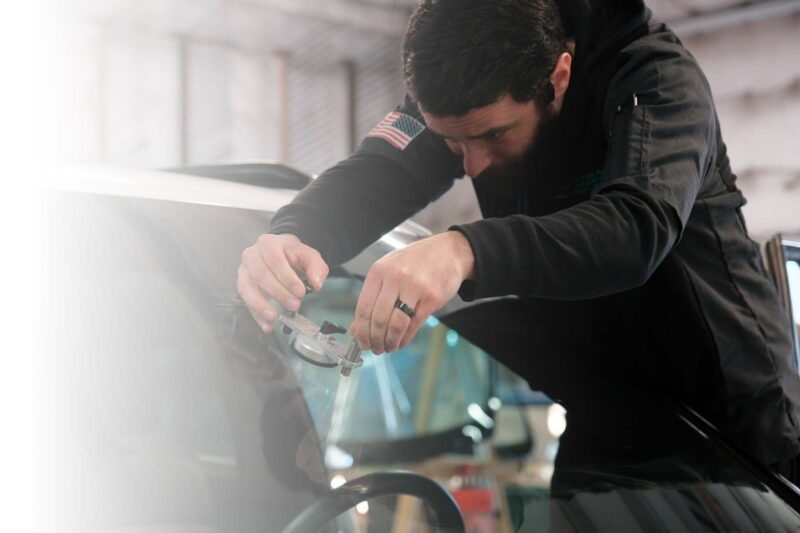Auto glass, once a mere safety feature, has evolved into an integral part of modern vehicle design, offering advanced protection, comfort, and connectivity. In cities like Oakland, where urban mobility intersects with environmental consciousness and technological advancement, the transformation of auto glass holds particular relevance. Companies such as Envision Auto Glass in Oakland serve as examples of how local services have adapted to the changing landscape of automotive needs.
Early Beginnings: Basic Safety and Functionality
The earliest automobiles used simple glass panes that provided minimal protection against accidents or external elements. Early 20th-century auto glass lacked the strength to withstand impacts, often shattering dangerously in collisions. This vulnerability led to the introduction of laminated safety glass in the 1920s—a game-changer that significantly improved driver and passenger safety. Laminated glass, composed of two glass layers bonded by a plastic interlayer, helped contain shattered pieces upon impact, reducing injury risks.
Oakland’s growing urban infrastructure during this time mirrored national trends in transportation safety and regulation. As more vehicles filled the roads of this bustling port city, innovations in automotive safety became increasingly vital.
Advancements in Material and Design
By the mid-20th century, tempered glass had become a prevalent choice for vehicle side and rear windows. Tempered glass, unlike its laminated counterpart, is subjected to an intense heat-strengthening regimen that augments its durability and causes it to fracture into minuscule, blunt-edged shards upon impact, thereby mitigating the risk of severe injury. This dual approach—laminated glass for windshields and tempered glass for other areas—continues to be the standard today.
Auto glass also began to reflect advancements in aerodynamics and aesthetics. Curved glass panels, for example, enhanced both the visual appeal and fuel efficiency of vehicles. In a climate like Oakland’s, where temperature fluctuations and sun exposure are routine, the need for UV-filtering and heat-resistant coatings also became more prominent.

Integration of Smart Technologies
Modern vehicles have turned auto glass into more than just a safety or design feature—it’s now a conduit for technology. Elements like heads-up displays, moisture-detecting sensors, and glass embedded with antennas have significantly redefined the way people experience driving. Windshields today can project speed, GPS directions, and safety alerts, reducing driver distraction.
Oakland’s tech-friendly environment, with its proximity to Silicon Valley, makes it a natural early adopter of these innovations. Local drivers benefit from access to newer models that integrate these smart features and to services capable of recalibrating advanced driver assistance systems (ADAS) after windshield replacements.
Environmental and Economic Considerations
Sustainability is a growing concern in Oakland, aligning with broader Bay Area initiatives. Auto glass manufacturers have responded with eco-friendly production methods and recyclable materials. Innovations such as solar-reflective windshields and lighter-weight glass contribute to reduced vehicle emissions and better fuel economy.
Economically, the auto glass sector in Oakland reflects national trends in repair versus replacement decisions. Factors like insurance coverage, the cost of recalibrating ADAS, and the availability of high-quality materials influence consumer behavior. In such a context, the role of knowledgeable, community-based providers becomes crucial for informed decision-making.
The Road Ahead: Continued Innovation and Local Relevance
As electric vehicles and autonomous cars become more prevalent, auto glass technology will evolve further. Glass will likely play a larger role in connectivity and energy efficiency, such as through embedded solar panels or seamless sensor integration. Oakland, with its mix of older vehicles and cutting-edge models, is a microcosm of this automotive transition.
In short, the journey of auto glass—from basic flat panes to dvanced, multi-use surfaces—has deeply altered the nature of today’s driving experience. In a dynamic urban environment like Oakland, the demand for safe, efficient, and tech-integrated auto glass is especially significant. Local specialists like Envision Auto Glass in Oakland illustrate how regional craftsmanship evolves in tandem with the shifting demands of contemporary motorists.

